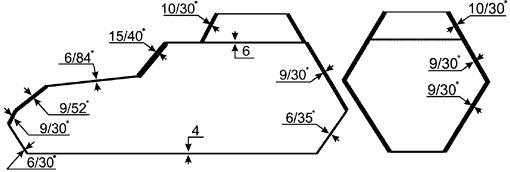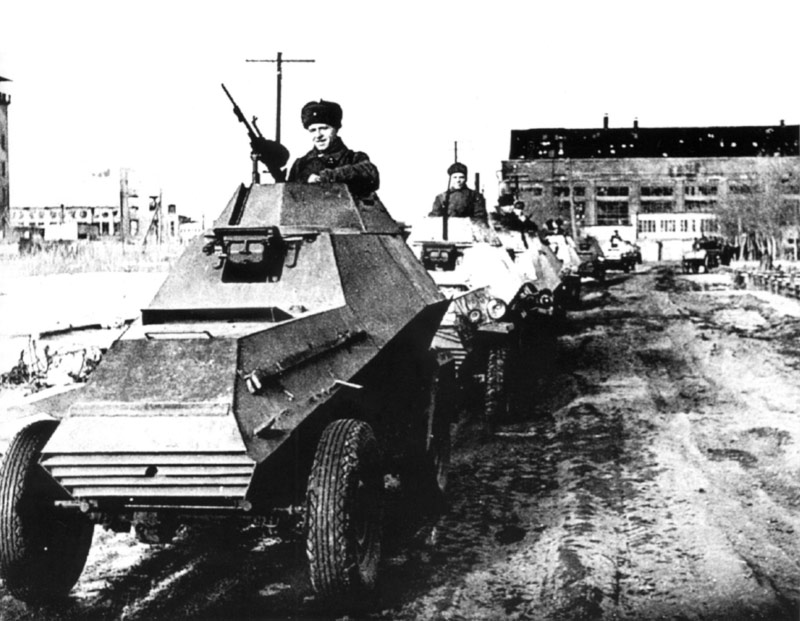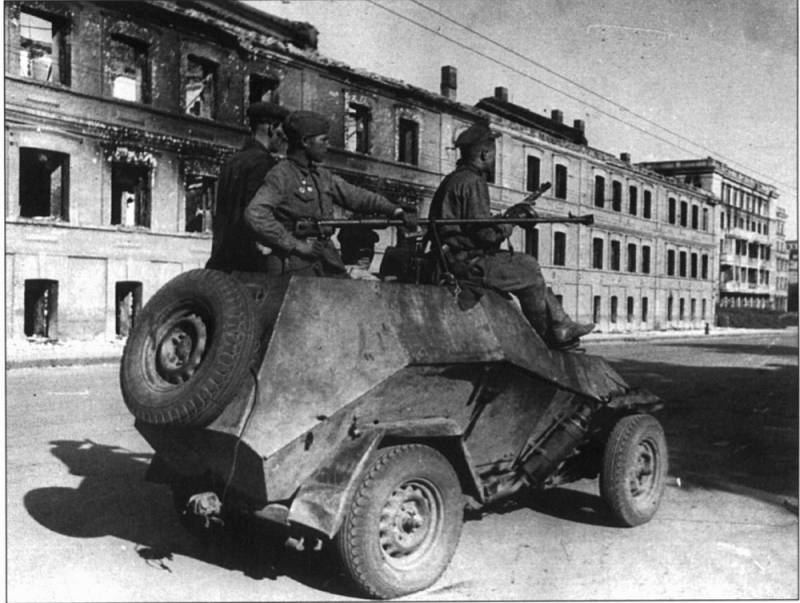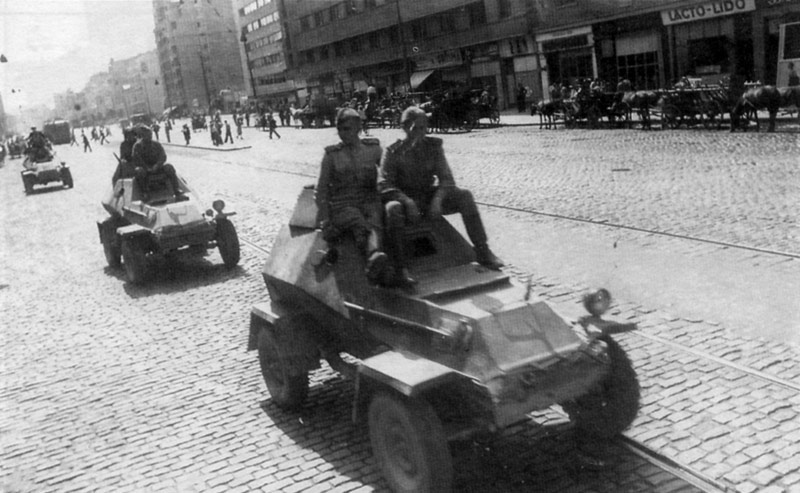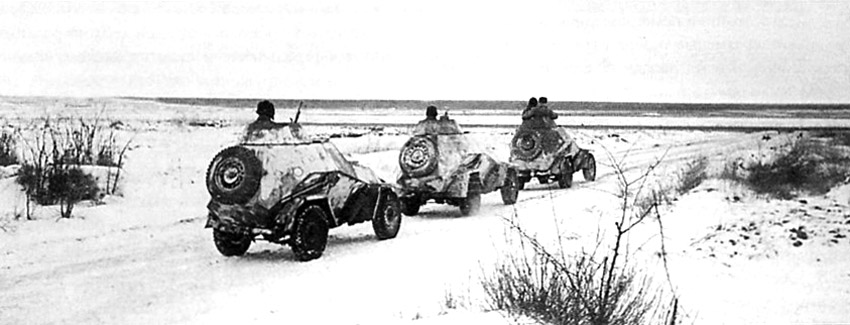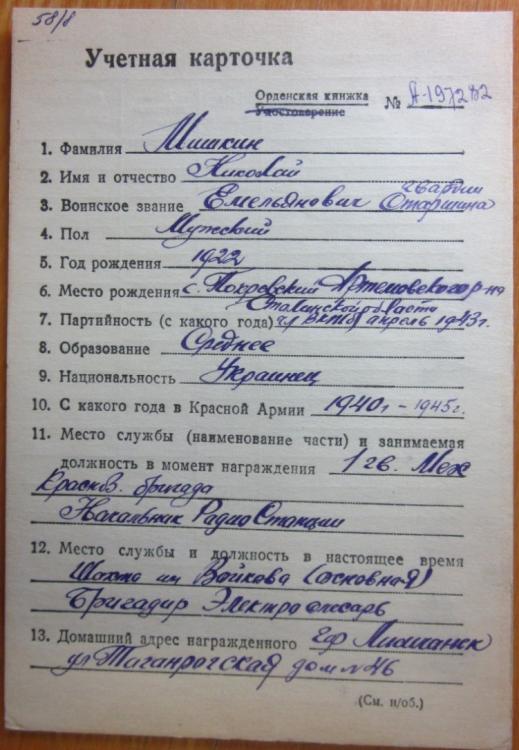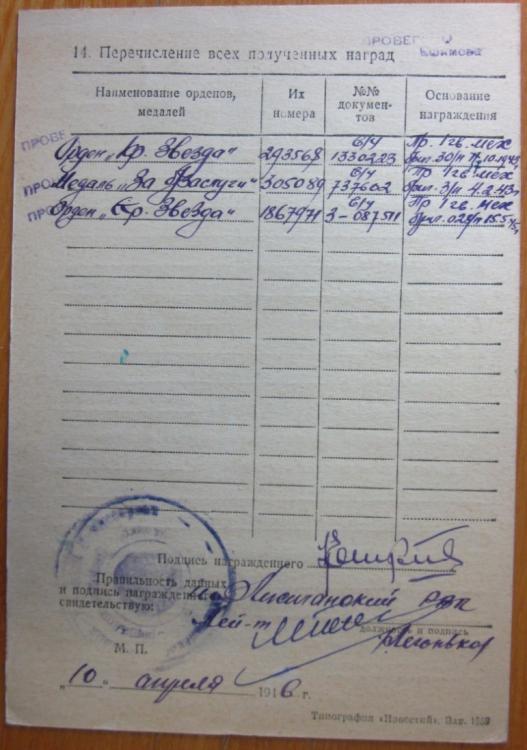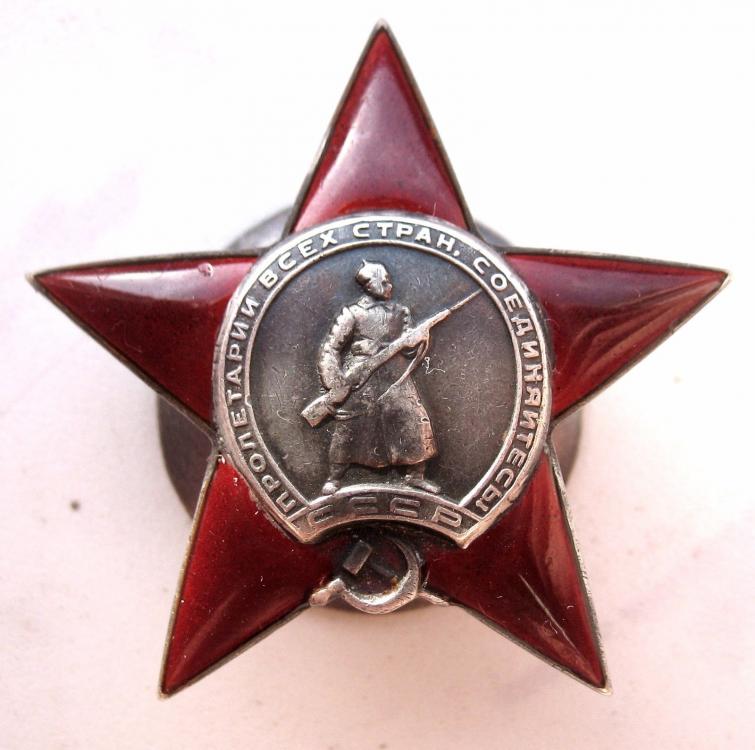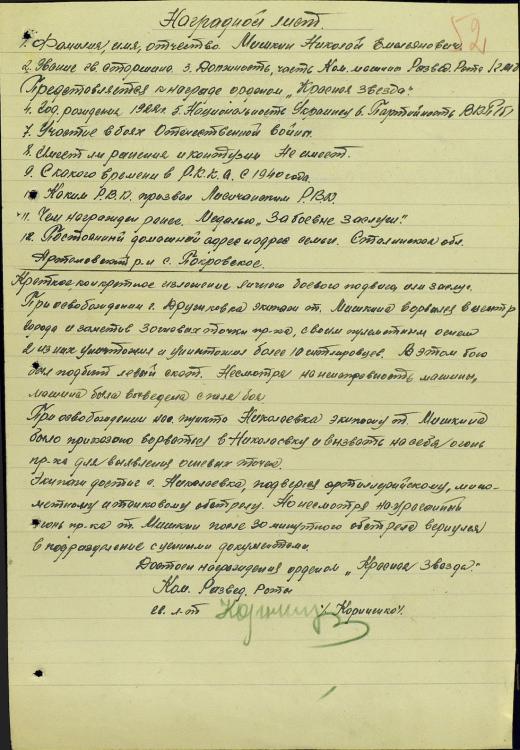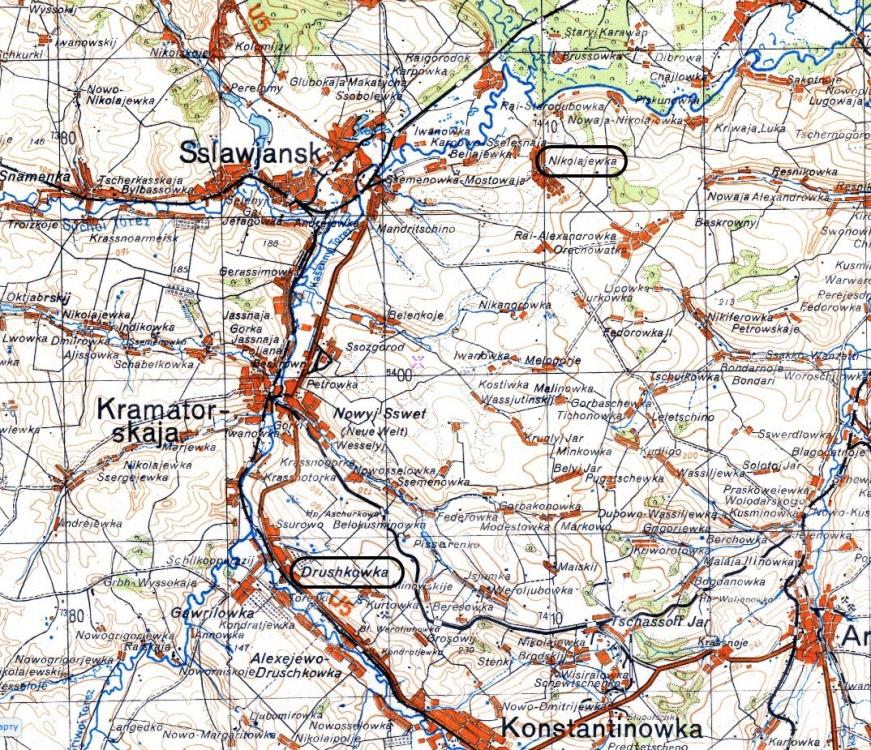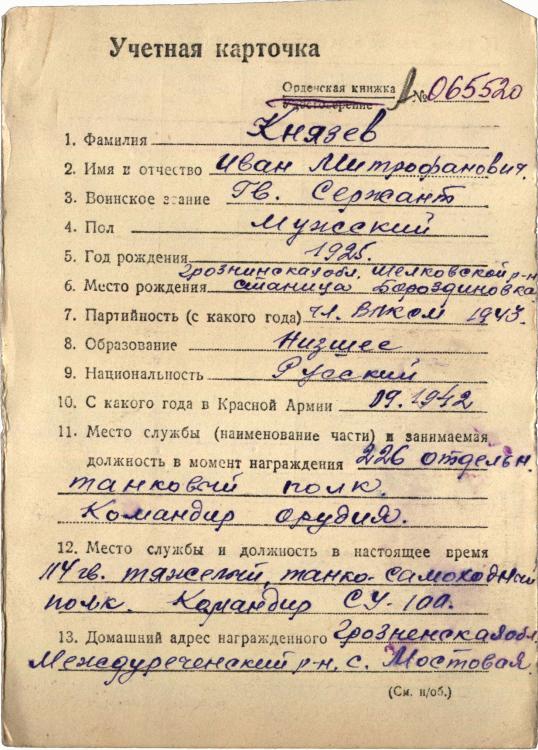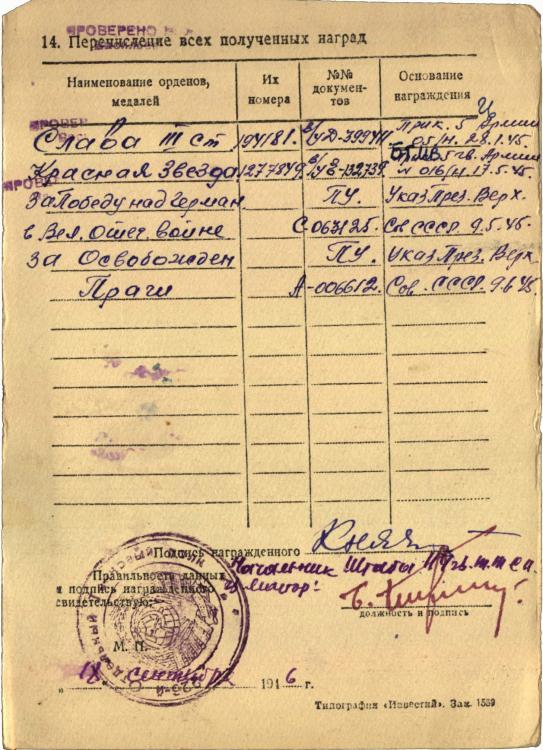-
Posts
533 -
Joined
-
Last visited
Content Type
Profiles
Forums
Blogs
Gallery
Events
Store
Everything posted by Egorka
-
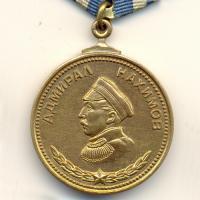
Soviet Partial Hero Star Group?
Egorka replied to James T's topic in USSR: Soviet Orders, Medals & Decorations
Hello. 10 years have passed... Is there any information on the status of these awards? -
This is a addendum page to the issue#24 of "Bessarabian Gubernia News" newspaper from 4 (17) March 1917. It contains abdication of Nicholas II (top part) and Grand Duke Michael abdication (lower part). Text is English is here: http://www.histdoc.net/history/abdic.html
-

Red Star to a "head of radio station"
Egorka replied to Egorka's topic in USSR: Soviet Orders, Medals & Decorations
Here is a very interesting page describing BA-64 restoration project. Very informative! And here is some information in English. Also quite good. -

Red Star to a "head of radio station"
Egorka replied to Egorka's topic in USSR: Soviet Orders, Medals & Decorations
Mishkin was commanding armoured car BA-64. It has a crew of two people, one of which was Mishkin himself. The car commander was also the radio operator. In facts of his award citations describes him as "car commander and radio operator". -

Lets see your Soviet Civil Awards Groups
Egorka replied to Paul R's topic in USSR: Soviet Orders, Medals & Decorations
I think the first two ribbons are Bravery Medals. -

Lets see your Soviet Civil Awards Groups
Egorka replied to Paul R's topic in USSR: Soviet Orders, Medals & Decorations
To a Marshal? -
Hat off for the master! Very inspirational!
-
Hello, This is an interesting front line award. it is also a little illustration of the subject covered in the thread "Paperwork discrepancies". Please, meet Guards Master Sergeant MISHKIN NILKOLAJ EMILYANOVICH, Ukrainian born 1922 in the village Pokrovsky of Artemovsk district, Stalingrad region. VKP(b) member since April 1943, secondary school, in service 1940-1945. Service position: 1 Gu. Mechanised Red Banner Brigade, Head of Radio Station. He was working in a coal mining enterprise as head of electricians team after the war (April 1946). Lived in the town Lisichansk. So in the award register card written in in 1946 at the local Military commissariate he is called a "head of radio station". Do you have mental picture what he did? Well, lets see. The citation will help (Red Star # 293568 awarded 14.10.1943). It is written closer to the events and by the people actually involved (in this case). MISHKIN's position is described as "Car Commander of Reconnaissance Company 1 Gu. Mechanised Brigade". It is somewhat different to "head of radio station". RS 293568 citation: "During liberation of town Druzhkovka, comrade Mishkin's crew rushed into town centre and discovered 3 enemy firing position, two of which were destroyed and 10 hitlerites killed by his machine-gun fire. The left tire was hit by fire. Despite the damage, the vehicles was safely evacuated from the battle field. During liberation of town Nikolaevka comrade MISHKIN's crew was ordered to rush into Nikolaevka and draw enemy fire for revealing enemy positions. The crew reached Nikolaevka and was subjected to enemy artillery, mortar and tank fire. Despite the hail of enemy fire, comrade MISHKIN after 30 minutes long barrage returned to the company position with valuable documents." Here are Druzhkovka and Nikolaevka marked on German map of 1941. to be continued...
-
Bad one.
-
Hello! I am looking for a little help here. Is it possible to find the recipient of this GCVO star # 245 ? Tried to search on our forum and found so far that it is not very easy. There is a reference about GCVO #272 which was awarded to a Danish General in 1908. Any tips are welcome! Thank you! And I wonder where the cross is?
-
Not only it is a downgrade from OPWI but also a rare case of awarding two OGIII to the same person. Note, that the first citation you posted is describing the event in Dec 1944, and the second (downgrade) describes the events in Jan 1945. The corresponding award decrees came in a wrong sequence. January Award was awarded before the Decembee one (12Feb vs. 25Feb). I think the paperwork process failed this time. Probably in downgrade process they didnot pay attention, that he is currently awaiting approval for another OGIII.
-

Soviet Soviet Bravery Medal - Медаль За отвагу
Egorka replied to IrishGunner's topic in USSR: Soviet Orders, Medals & Decorations
Interestingly, he was awarded all 3 medals in a course of 10 days. The first BM on 11 March. The two others are on 19 March 1945. And the two last ones seem to be for the same feat on 03 March 1945. One is downgrade from OGIII. They are awarded by two different decrees, but on the same day. And it seems PETROV's name came into both decrees. -
Hello, I think this is the first version (whole bronze) used in the period 1866 - 1882 (later it was made of silver). The Academy was established during Aleksander II reign.
-

Denmark unknown Danish Naval Officer painting
Egorka replied to dedehansen's topic in Northern European & Baltic States
Hello, Andreas! I sent you a PM about the painting. -

Reading Soviet document-help needed
Egorka replied to DAMO's topic in USSR: Soviet Orders, Medals & Decorations
Thank you for sharing! His middle name is AmankuLovich, i.e. АманкуЛович The citation is not available online. There are only single citations from 21st Rifle Brigade of the NKVD available online. Research options are limited, but not zero. -

Reading Soviet document-help needed
Egorka replied to DAMO's topic in USSR: Soviet Orders, Medals & Decorations
Sure there is info available on 21th. But it would be nice to see "the face". -

Reading Soviet document-help needed
Egorka replied to DAMO's topic in USSR: Soviet Orders, Medals & Decorations
Everything is perfectly readable! Bill has covered almost all of it. "BB" stands indeed for Internal Troops. But "УО" stands for "Украинскй Округ", i.e. Ukrainian District. The 21 detached Rifle Brigade VV NKVD was disbanded in November 1945 while being located in Ukraine. -
It is just an asymmetrical intelligence strategy. The amount of resources used in CIA to figure it all out is eating 3,14% of their budget. And they are still lagging...
-
Nice! Thank you for sharing!!! What technique is that? Acryl? Mixed? On the Soviet theme picture I can say that the background you chose must be vertical. There is no way any ojects could have stayed on it
-
I am in no way an expert. Never held them myself. Just sharing thoughts. Another variation is like this one. Look for the lot 329 (Лот 326): https://numismat.ru/au.shtml?au=104&per=0&descr=&material=0&nominal=0&lottype=0&ordername=1&orderdirection=ASC&num=20&&page=10
-
Hello, Looks quite crude, doesn't it? Check out the link http://www.auction-imperia.ru/wdate.php?t=offline&i=5227

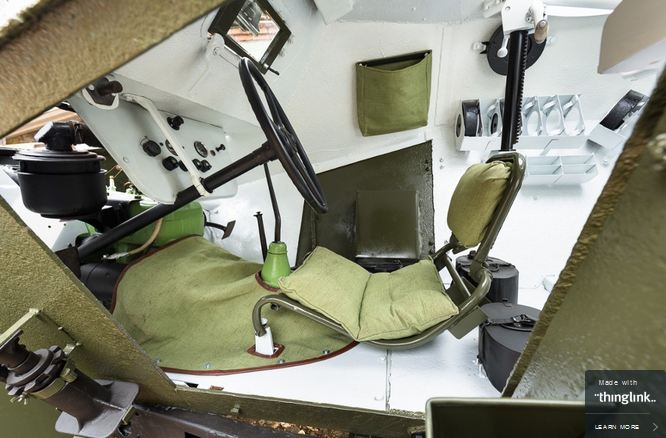
.jpg.5edc84fdc3038df9c0bff0373286c372.jpg)
